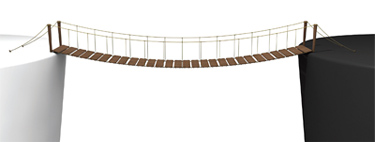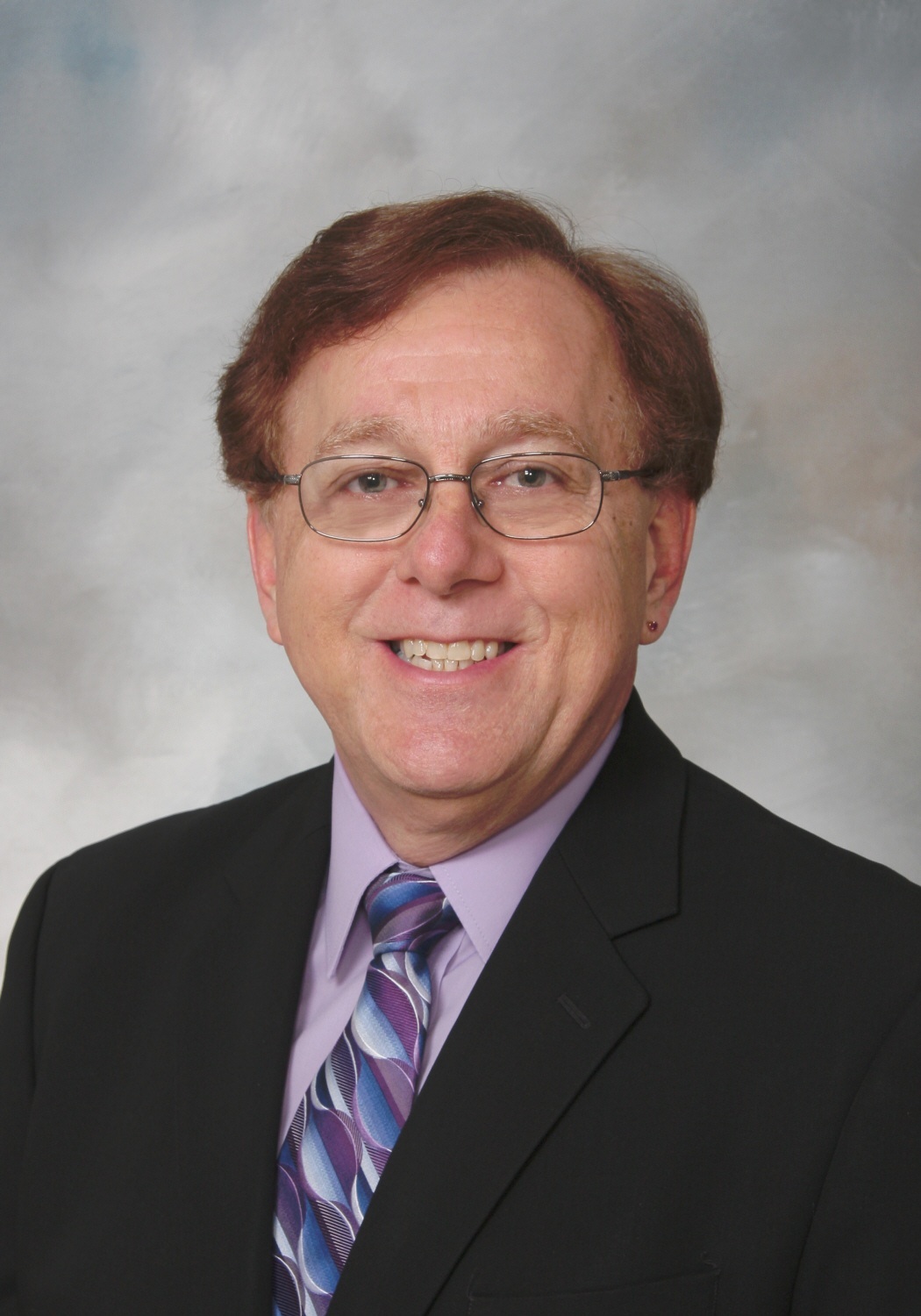Taking a New 'Route'

JOHNSTON, IOWA
I was recently talking with a friend of mine from the United Kingdom about our Utah Scientific router. When I called it a router, his response was to ask me if I meant "router," pronounced rooter. I asked him if he pronounced "out" as oot? According to him, the silent "e" is what made the difference. How can a silent "e" have any impact if it is silent I asked? The reality is that the British changed the pronunciation to differentiate the A/V router from the woodworking router. At this point he reminded me of one of my favorite truisms: The British and the Americans are a common people separated by a common language.
I discovered the validity with my first car, a 1961 MGA. It is also one of the primary reasons I decided to really learn the basic theories for electronics. Ask anyone that has ever owned an early British sports car and they will certainly regale you with tales of Lucas Electric components and jokes like "Why do the British drink warm beer? Lucas refrigerators!" I even had to convert this car from positive ground to negative ground so that I could install a cassette tape player. In that era, virtually all British sports cars came with a very thorough shop manual that explained everything about the vehicle from routine maintenance through rebuilding the engine. They recognized that in order to keep the vehicle running properly, the owner would have to be able to perform many of these tasks or the vehicle would spend inordinate amounts of time in the shop.
So what has that got to do with routing? Sitting down and reading the MGA shop manual was a bit challenging for the uninitiated due to the common language that separates us. What we call fenders, the British call "wings." The hood is the "bonnet," the trunk is the "boot," an adjustable wrench is a "spanner," the transmission is the "gearbox," and the one that always brought a smile to my face was that the high beam/low beam control was the dip switch. So on a first read through, it was easy to misinterpret what something meant and then do the procedure incorrectly.
IT VS. BROADCAST
In broadcasting we're dealing with that now as IT infrastructures become the norm and more and more traditional broadcast engineers are required to install, operate and maintain IT equipment as part of broadcast operations. Like the Brits and the Americans, IT and broadcast engineers are at times separated by a common language, the difference is that rather than the pronunciation being different while the definition is common, in the modern world the definitions are different while the pronunciation is the same.
Most broadcast stations are hybrid plants made up of both traditional and IT infrastructures. They need to be, because there is a great deal of legacy content that still has value and while it will move into the IT file based infrastructure over time, the two will have to coexist for considerable time. Let's consider the router-whichever pronunciation you use. Most hybrid broadcast plants are actually going to have routers from both the IT and broadcast world and although they share the common pronunciation, their definitions are very different.
I don't want to offend the manufacturers but for the most part, the broadcast router is a pretty dumb device. It is a matrix of inputs and outputs (audio, video and control) that essentially provides the ability for any source to be sent to any destination within the facility. There are always exceptions but for the most part, their function is simple. If we want to actually manipulate the material we'll then employ the more powerful and flexible switcher. Therefore, within the video switcher exists the capabilities to blend and manipulate sources. So for the broadcast engineer the router is basic and limited while the switcher is powerful and flexible.
When you look at routers and switchers in the IT infrastructure there is a slight change. If an IT engineer is setting up a simple network, they will probably use switches and for the more complex and flexible networks they will employ routers. This is virtually the opposite definition for the same term in the broadcast environment. In some of my first implementations of hybrid plants I ran into problems when specifying capabilities and requesting information on products because of the language differences.
This is a fairly simple and easy to correct difference and fortunately, I have worked in both the broadcast and IT environments and recognized the potential for misunderstanding a long time ago.
BOTH SIDES NOW
Unfortunately, not all of the engineers working in the broadcast industry have had that opportunity and many now find themselves in positions where they are being required to implement and maintain technologies that are completely alien to them. So at many broadcast facilities there are two camps: the IT camp that believes that everything should be based on the IT infrastructure and that the whole process would move right along if the dinosaurs of broadcasting would just get out of the way; and the traditional broadcast camp, that wishes these IT know-it-alls would recognize that just because something is digital doesn't mean that the same technology that works in one area will work in another.
I certainly fall more into the traditional broadcast engineer area than IT but I remain fortunate that my position at IPTV requires that I oversee both areas. I not only get to evaluate the technologies involved from both sides but I am also responsible for the planning, implementation and budgeting. Among the oddities that I see is the somewhat extremist viewpoints that I often encounter when researching projects. Take routing for example. When researching the core routing/switching requirements for our HD plant, I talked with a number of system designers who showed me completely IT-based infrastructures utilizing Cisco switching routing and had virtually no traditional broadcast routing anywhere.
Now while the designs were sound and workable, the amount of complexity required to interface with the content creation areas and legacy materials was so high that I found myself asking why we would do that when the hybrid solution we came up with actually met the station needs better and could be maintained by the existing staff. Not everything has to be IT or digital for that matter and saying that out loud shouldn't be viewed as heresy. It appears that digital migration will continue and over time, the vast majority of systems will be digital. But we have to remember that real life-the pictures and sounds we capture-are being stored and presented to people that have extraordinary analog systems, their eyes and ears, that they will use to consume the content we present.
To make sure that we do the best job we can, what will be required is an expanded level of understanding and the creation of a new breed of hybrid engineers. I call them "media engineers." The idea is that they understand the unique needs and requirements of the broadcast industry and they have the ability to implement and maintain the proper technology to effectively provide the services required. My colleagues and I at the IEEE Broadcast Technology Society have been studying this issue and we have spent the last couple of years developing a curriculum to help educate and train media engineers. The idea is to span the divide between the skill sets of the IT and broadcast engineers; thus the course is called "Bridging the Gap." It has been an ambitious undertaking and has occupied more time and effort than any of us originally thought it would but we recognize that meeting this need is a vital component to insuring that broadcasting continues to flourish and grow. For more information on the course, please contact me at hayes@iptv.org.
Bill Hayes is director of engineering for Iowa Public Television.
Get the TV Tech Newsletter
The professional video industry's #1 source for news, trends and product and tech information. Sign up below.
Bill Hayes is the former director of engineering and technology for Iowa PBS and has been at the forefront of broadcast TV technology for more than 40 years. He’s a former president of IEEE’s Broadcast Technology Society, is a Partnership Board Member of the International Broadcasting Convention (IBC) and has contributed extensively to SMPTE and ATSC. He is a recipient of Future's 2021 Tech Leadership Award and SMPTE Fellow.

